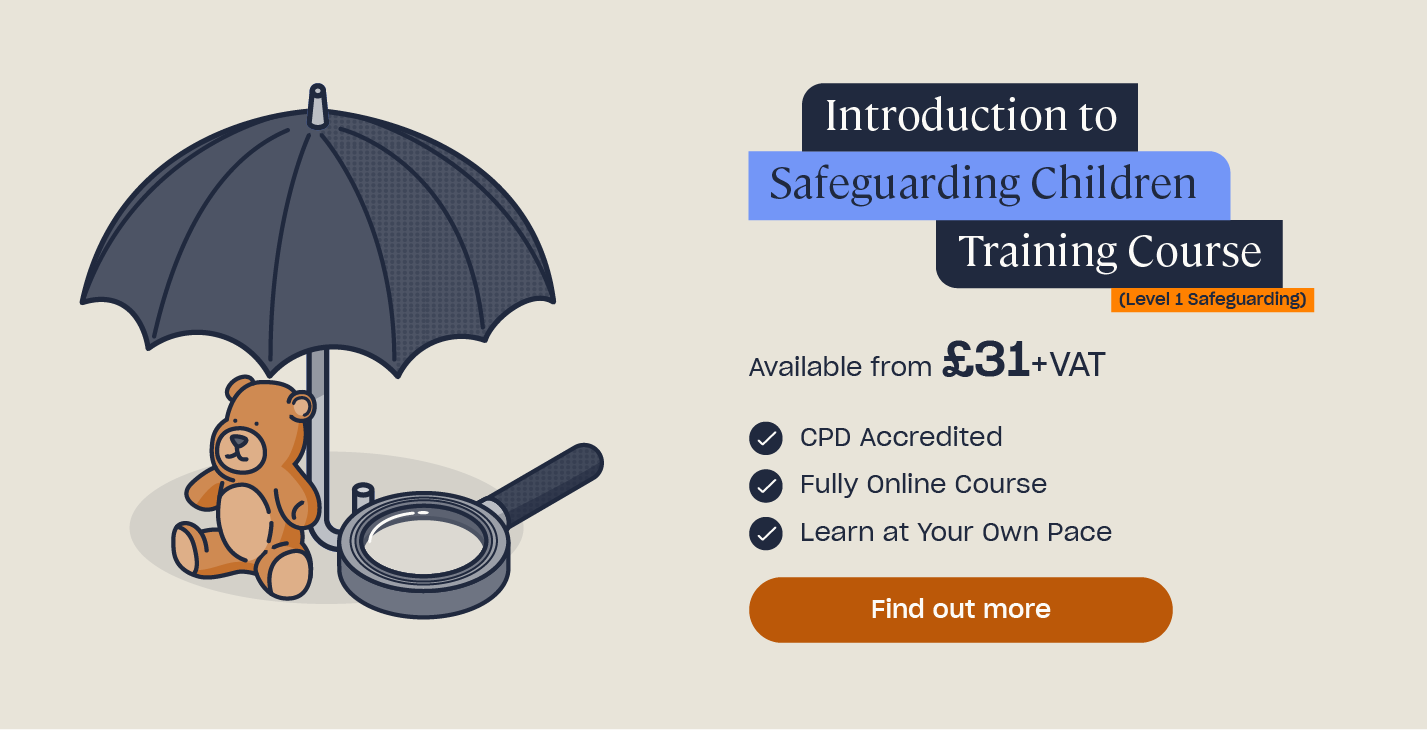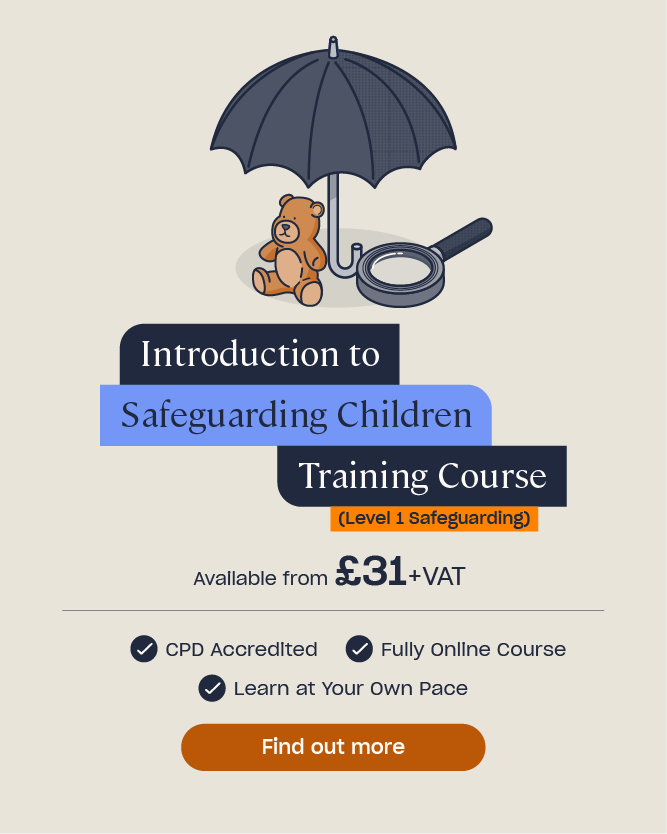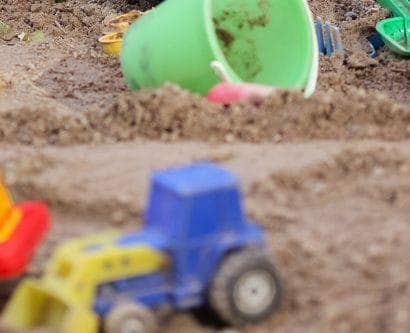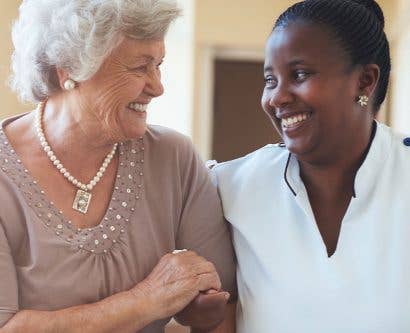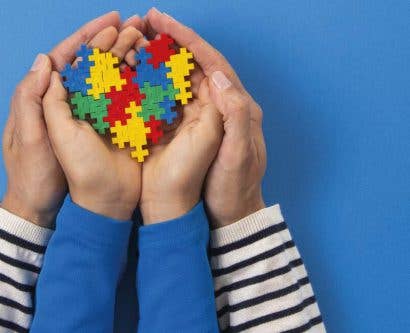Child Protection Body Map
Safeguarding children is everyone’s responsibility, whether you are a parent, professional or someone else who has regular or infrequent contact with children. Physical abuse is perhaps one of the worst kinds of child abuse, making it essential that it is recognised and acted upon as soon as possible.
Using a child protection body map will help you to record any injuries and make decisions on what action to take next. Head to the end of this article to download a body map template that you can use in your own organisation.
What is a Child Protection Body Map Used For?
A child protection body map is used to record information about physical injuries to a child, particularly if it is felt that the injury is non-accidental or thought to be following a pattern. The body map provides a visual record of physical abuse and helps professionals to work together when deciding whether there is a safeguarding concern.
Note: When recording injuries you should never photograph the child.
You should also note that using a body map does not replace medical advice and so a proper diagnosis of the injury and correct treatment should be sought by a medical professional. The body map is simply a record of what can be seen and what has been said about the injury.
What is Physical Abuse?
Working Together 2013 defines physical abuse as hitting, shaking, throwing, poisoning, burning, scalding, drowning, suffocating or otherwise causing physical harm to a child.
Physical harm may also be caused when a parent or carer feigns the symptoms of, or deliberately causes, ill-heath to a child whom they are looking after.
Take a look at our guidance on the potential signs of abuse in children and what action to take if you suspect abuse here.
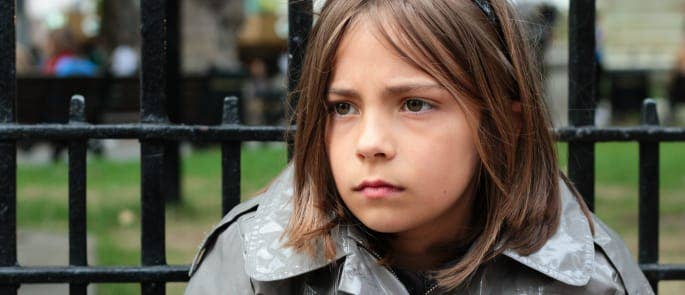
How is a Child Protection Body Map Used?
The details that should be included on a child protection body map are:
- Information on who noticed the injury, when they noticed it and what their role is in relation to the child.
- Details of the injury – where it is on the child, what it looks like, its colour, shape, size and condition.
- Details of all visible injuries, even small marks that may not seem of concern at the time.
- In regards to the condition of the injury, is it deteriorating or getting better?
- Is the child in distress or indifferent about the injury?
- Information on any explanations behind the injuries.
- Observations of the child – how are they feeling, what is their behaviour like?
- Information on anything that the child or parent says about the injury.
- Include both a drawing and a written description of the injury.
Need a Course?
Our range of Safeguarding Courses aim to provide you with the required knowledge to carry out your work whilst meeting your safeguarding training requirements. Find everything from Advanced Safeguarding Training and Designated Safeguarding Lead Training.
Common Sites for Non-Accidental Injury
The most common sites for non-accidental injury are:
- Eyes.
- Ears
- Cheeks.
- Mouth.
- Shoulders.
- Chest.
- Upper and inner arms.
- Stomach/abdomen
- Genitals.
- Front and back of thighs.
- Buttocks.
- Hands.
- Feet.
The NSPCC states that particular attention should be paid to bruises which have petechiae (dots of blood under the skin) around them, which are found more commonly in children who have been abused than in those injured accidentally.
Clusters of bruises are also a common feature in abused children. These are often on the upper arm, outside of the thigh or on the body.
Furthermore, abusive bruises can often carry the imprint of the implement used or the hand.
Which Injuries Should Be Recorded?
All types of injury should be drawn onto the child protection body map, even those that appear to be accidental and part of a child’s natural development.
For reference, common sites for accidental injury may include:
- Forehead.
- Nose.
- Chin.
- Back of head.
- Spine.
- Elbows.
- Knees.
- Shins.
Please note: what may seem insignificant or accidental now may become more important in the future so it is always a good idea to have a record of everything.
What To Do After Filling in a Body Map
After drawing on your observations (along with any written comments), a decision needs to be made on whether there is an immediate risk to the child or whether they need to be taken for treatment for their injury.
Keep note of any safeguarding concerns that you may have and share these with your manager or person in charge of child protection within your organisation (such as a designated safeguarding lead).
If it’s appropriate to do so, share the findings of your observations with the parents or carer of the child so that they understand what decisions have been made and why.
If you think a child is in immediate danger contact the NSPCC, the police or your local social services. Remember that everyone, including you, has responsibility for safeguarding children.
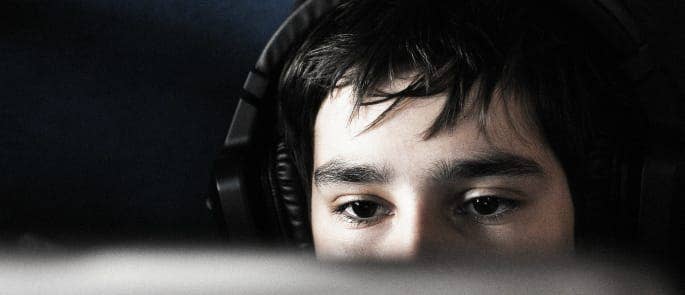
What to Read Next:
- Signs of Abuse in Children
- Safeguarding Against Child Exploitation and Abuse: A Resource Pack for Schools
- Understanding Why Children May Not Disclose Abuse
- Introduction to Safeguarding Children Course
- Child Exploitation Quiz
- Warning Signs of Child Sexual Exploitation (CSE)
- Understanding Why Children May Stay Quiet About Abuse


